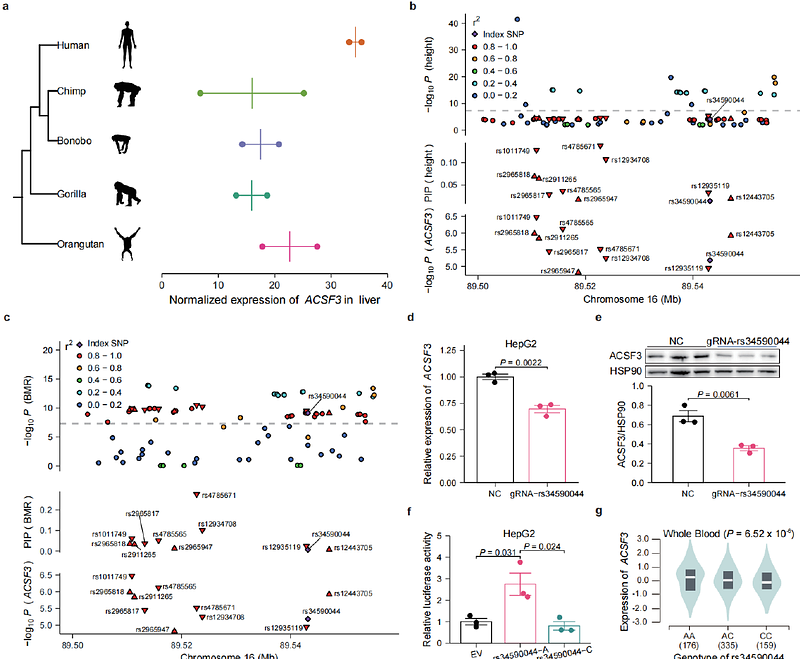Early to Middle Pleistocene transition shapes the evolution of human-specific mutations associated with height and basal metabolic rate

Early to Middle Pleistocene transition shapes the evolution of human-specific mutations associated with height and basal metabolic rate
Zhang, Y.; Wang, J.; Yi, C.; Su, Y.; Yin, Z.; Zhang, S.; Wang, K.; Huang, H.; Li, J.; Fan, S.
AbstractUnderstanding the genetic basis of modern-human-specific traits is essential for elucidating the formation of anatomically modern humans (AMHs). Here, we studied the genetic underpinnings of height and basal metabolic rate (BMR), which have undergone extensive modifications in AMHs compared to other Homo species and apes. The results revealed a significant genetic correlation between the two traits. The evolution of the variants associated with height and BMR was heavily influenced by environmental factors, marked by two bursts during the Early to Middle Pleistocene transition and one afterward, accounting for 37.4% of the inferred causal variants for height and BMR. We identified an AMH-specific mutation, rs34590044-A, which emerged around 981,916 years ago, coinciding with the first burst of variants associated with increased height and BMR. rs34590044-A upregulates the expression of ACSF3 via increasing its enhancer activity, leading to increased mitochondrial function, body length, and BMR exclusively in mice fed essential amino acids, specifically threonine-enriched diets, which are characteristic of meat-based diets. Therefore, the emergence of rs34590044-A may contribute to the shift from an herbivorous to a carnivorous diet in AMHs. Our results underscore the complex interplay between genetics and environment in shaping the crucial phenotypes and physiological traits of AMHs.


